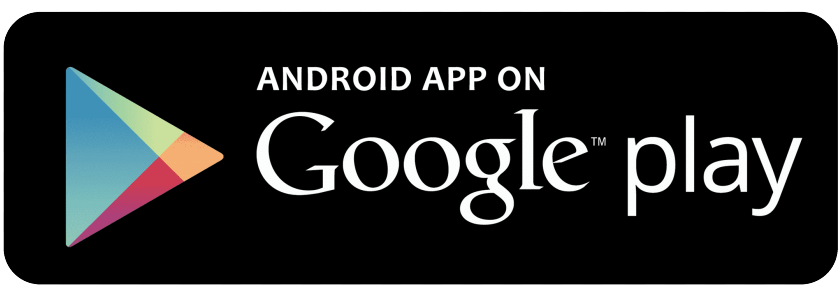Head Lice Policy
NQS
QA2
2.1.1
Wellbeing and comfort - Each child’s wellbeing and comfort is provided for, including appropriate opportunities to meet each child’s need for sleep, rest and relaxation.
2.1.2
Health practices and procedures - Effective illness and injury management and hygiene practices are promoted and implemented.
QA6
6.1.3
Families are supported - Current information is available to families about the service and relevant community services and resources to support parenting and family wellbeing.
National Regulations
Regs
168
Policies and procedures
Aim
To ensure the health and comfort of all children and adults at the service, and prevent an outbreak of head lice.
Related Policies
Incident, Injury, Illness or Trauma Policy.
Privacy and Confidentiality Policy.
Work, Health and Safety Policy.
Implementation
Head lice live in hair and bite the scalp to feed on blood. This can cause the itching that some people experience when they have lice. Anyone can get head lice - they are spread by direct head to head contact with an infected person because they cannot jump or fly. Head lice do not carry or transmit disease. They die from dehydration within 24 hours if they are not on a human head. Nits (lice eggs) hatch after 7-10 days and mature over 6 – 10 days, so the lice on a person’s head can be at different stages of their life cycle. Eggs can be laid and hatch continuously.
To ensure the health and comfort of all children and adults at our service, an educator may discreetly and respectfully examine a child’s head if they suspect the child has head lice. This will be done in a way which does not embarrass the child or infringe their right to privacy and confidentiality.
If head lice are identified:
- educators will advise the child’s parents or authorised nominees as soon as possible and complete an incident , injury, trauma and illness record
- educators will monitor the child during all activities and routines to ensure there is no head to head contact with other children eg through cuddling. Educators will not isolate the child. If educators believe it will be difficult to prevent head to head contact, for example because of the child’s age or behaviour, parents or authorised nominees will be contacted to collect the child
- the child must be treated at home with the ‘condition and comb’ method, chemical lice treatment or a combination of both methods. Please see attachment A for further detail. Information about the treatment options will be provided to families. Educators will also advise parents to check all family members for head lice
- the child may return to the service the following day if effective head lice treatment has commenced and there are no live lice on the child’s head. If live lice are detected either on arrival or during the day, parents will be asked to take the child home
- the Nominated Supervisor will ensure all service families are aware there has been an incidence of head lice at the service by placing a notice near the service entrance or sign on/off book
If a family discovers their child has head lice and we are not yet aware of this situation, families must advise the Nominated Supervisor as soon as possible. This will allow us to check all children at the service if appropriate.
Educators, staff and volunteers who have head lice will not attend the service while live lice are present, and will treat the lice using one or both of the methods in Attachment A.
Sources
Education and Care Services National Regulations 2011.
National Quality Standard.
Staying Healthy 5th edition NHMRC.
Better Health Victoria.
Review
The policy will be reviewed annually by:
Management
Employees
Families
Interested Parties
Last reviewed: August 2018.
Date for next review: August 2019.
Conditioner and Comb Treatment
Conditioner makes it difficult for lice to grip the hair or run around.
Step 1 Using a normal comb, comb hair conditioner (white conditioner is easier to see) onto dry, brushed, detangled hair. The conditioner must cover the whole scalp and all parts of the hair.
Step 2 Divide hair into four or five sections.
For each section:
Step 3 Use a lice comb and place the teeth of the comb flat against the scalp, then comb the hair from the roots to the tips.
Step 4 Wipe the conditioner from the comb onto a paper towel or tissue and check for lice and eggs.
Step 4
Repeat the combing at least twice.
Step 5 Repeat steps 1-4 every day until no live lice have been found for 10 days.
Insecticide Treatment
Step 1 Ensure the product has an Australian Registered or Listed number, and take care/seek advice if using:
- on women who are pregnant or breastfeeding.
- on children less than 12 months old.
- on people who have allergies, open wounds on the scalp, or asthma.
Step 2 Follow the instructions on the product - If the product is a lotion, apply to dry hair. For shampoos, wet the hair, but use the least amount of water possible. Ensure the product is applied to all parts of the hair.
Step 3 After 20 minutes check that the lice are dead. If the lice are not dead, the lice are resistant to the active ingredient. Find a product with a different active ingredient or speak to your pharmacist or doctor.
Step 4
Repeat the treatment in seven days - one application will not kill all of the eggs.
1 Water Street,
Greta, NSW 2334
Tel: (02) 4938 7272
Email: gretapreschool@bigpond.com
Preschool Hours
Monday - Friday
8.30am – 4.00pm
During School Terms
All Rights Reserved | Greta Community Preschool


